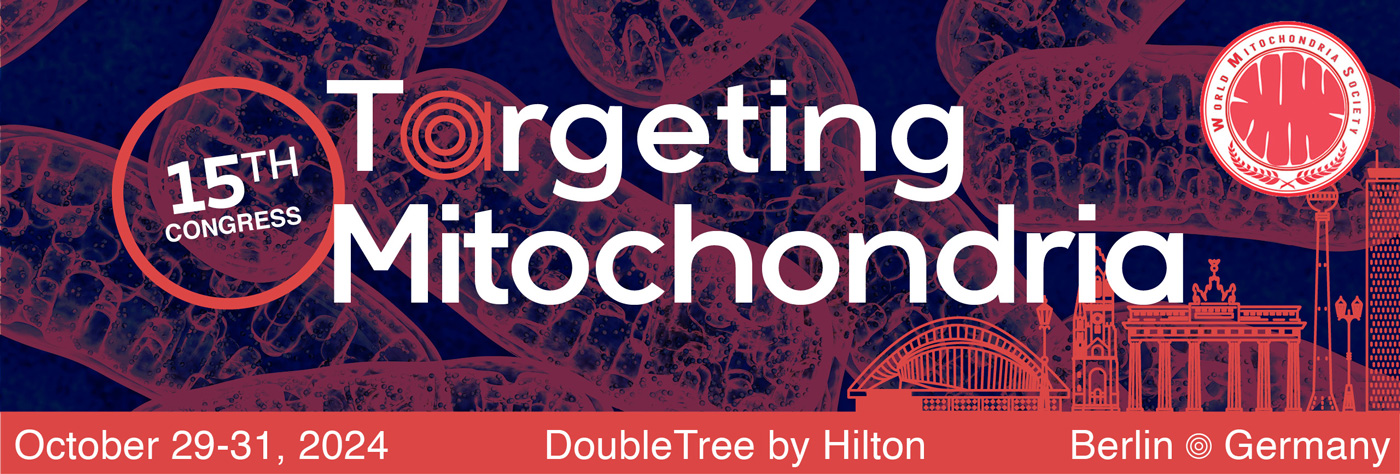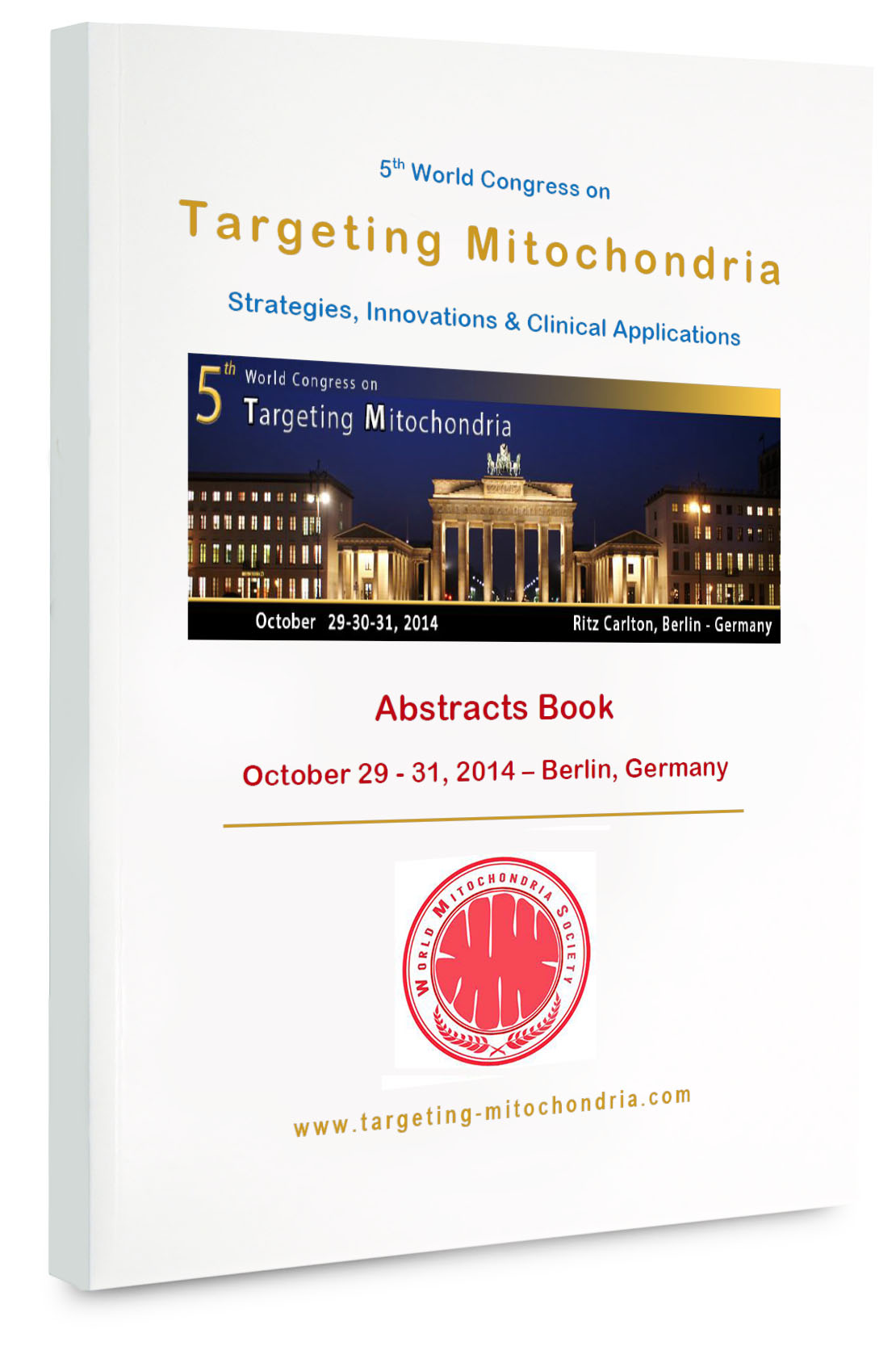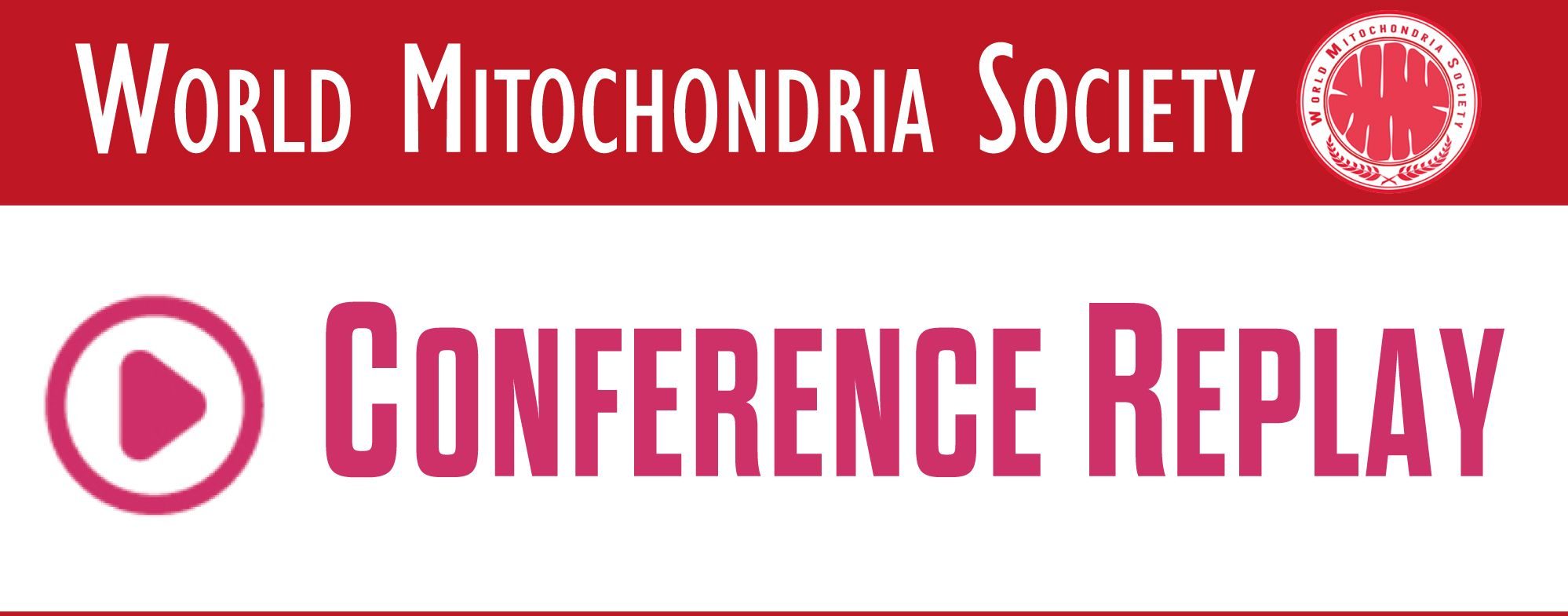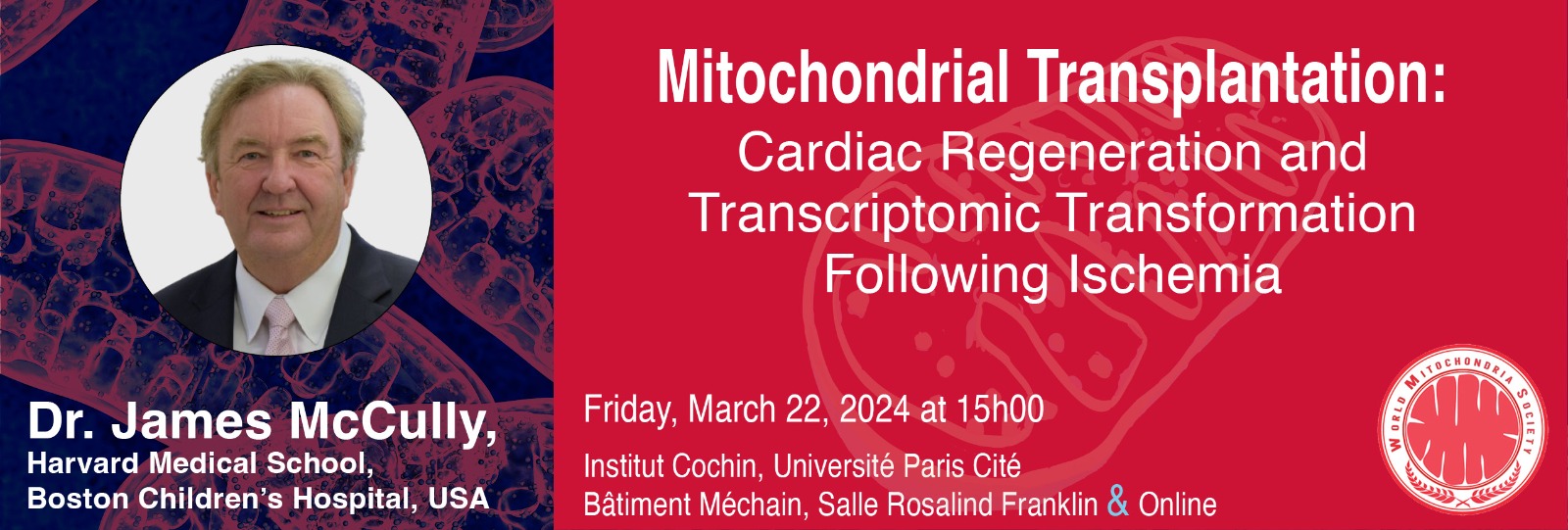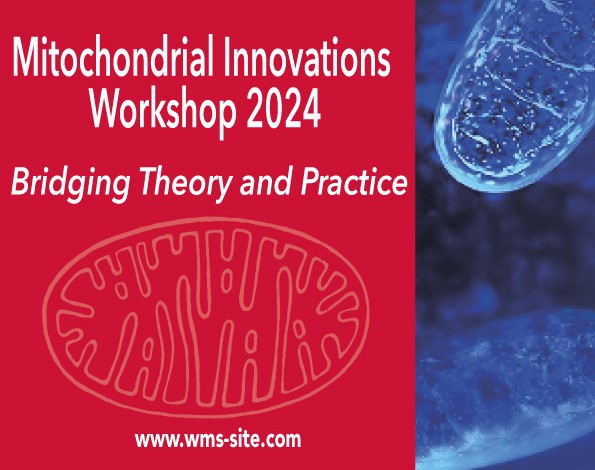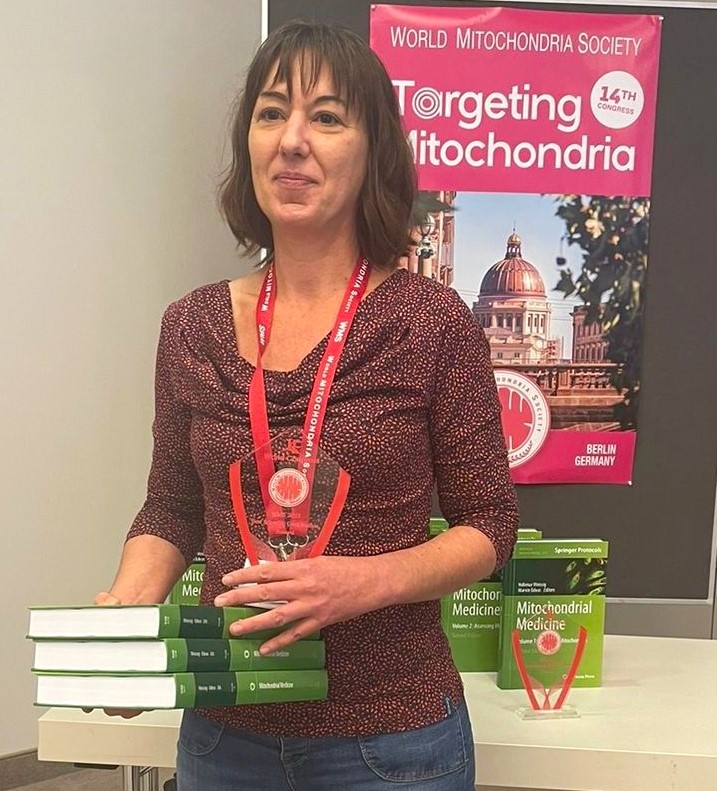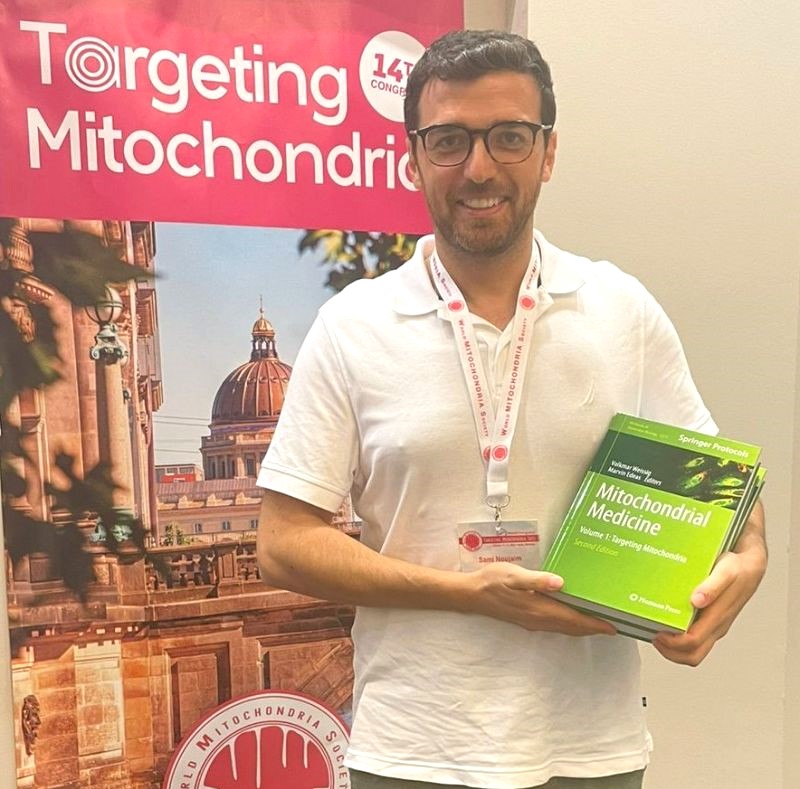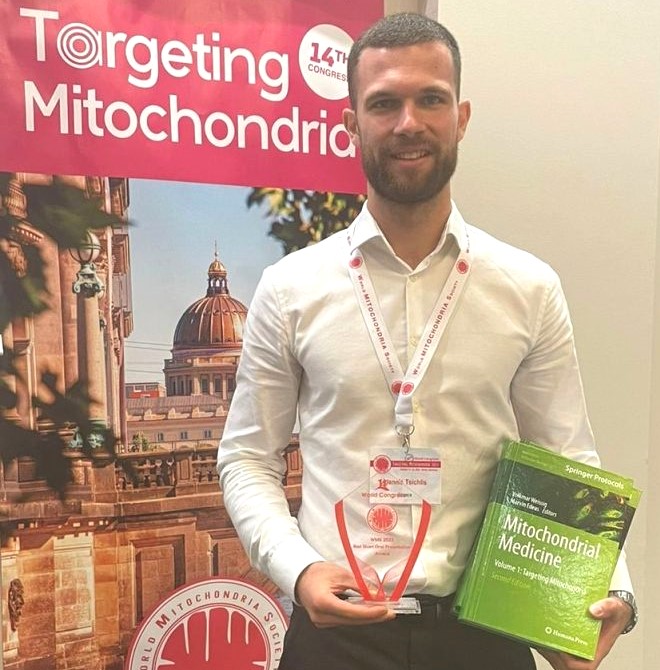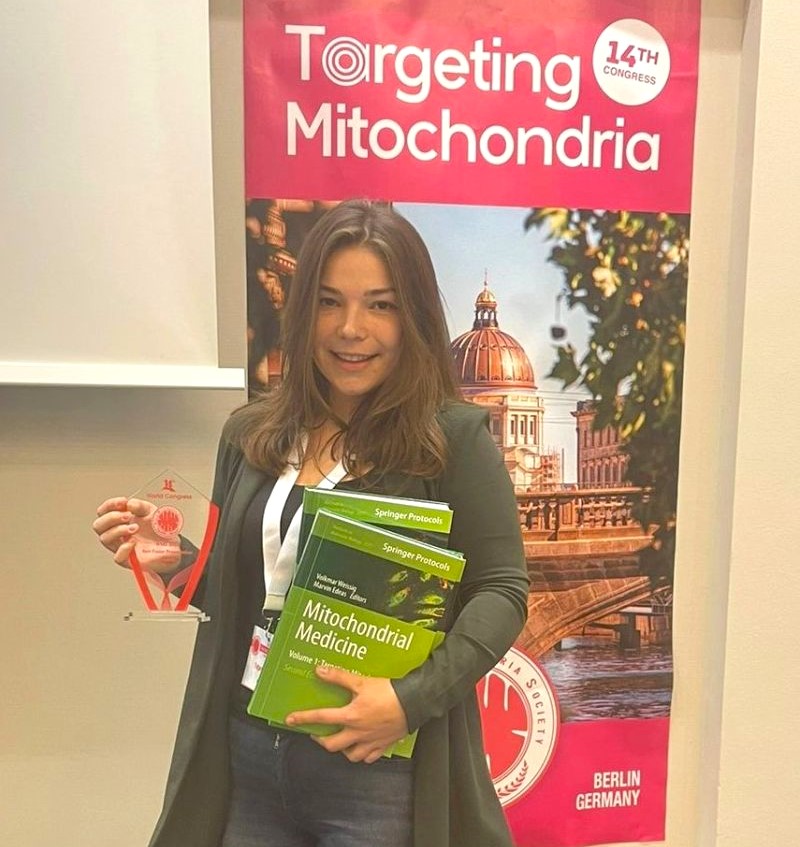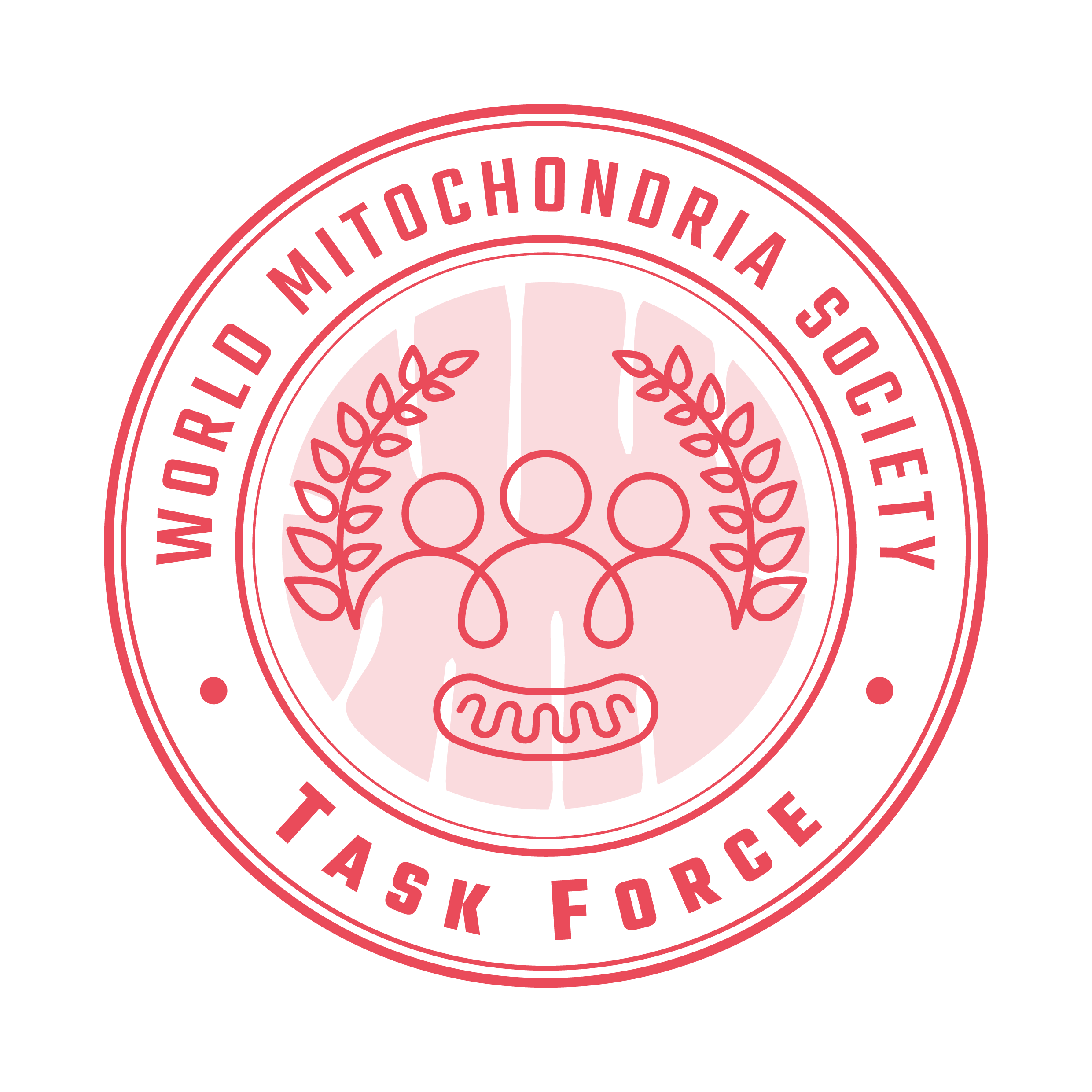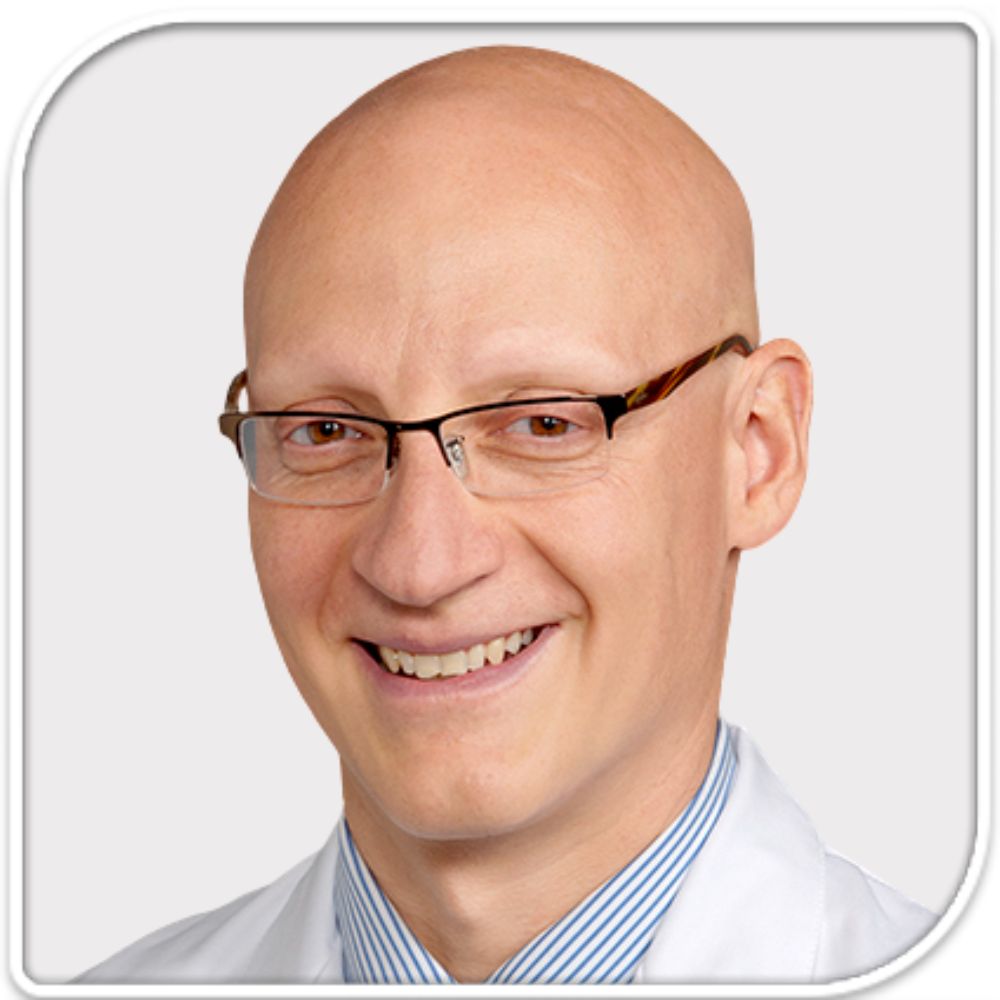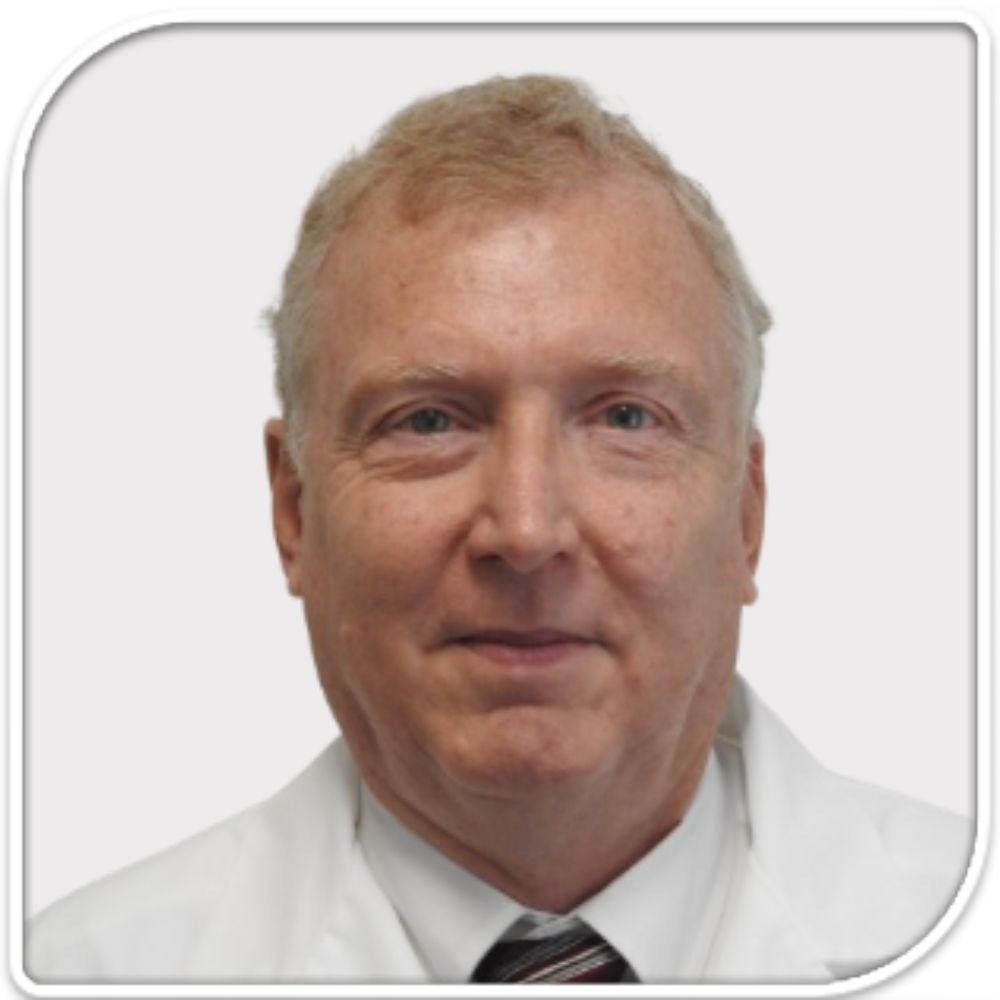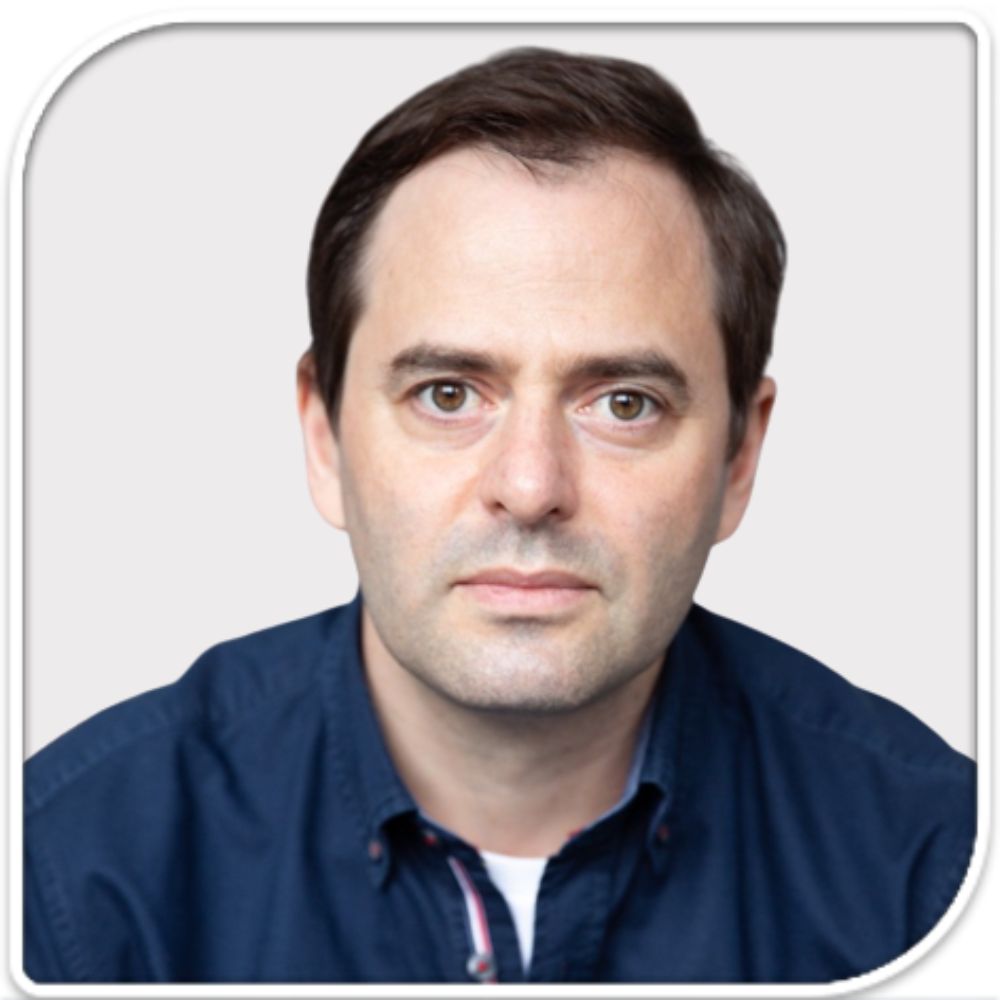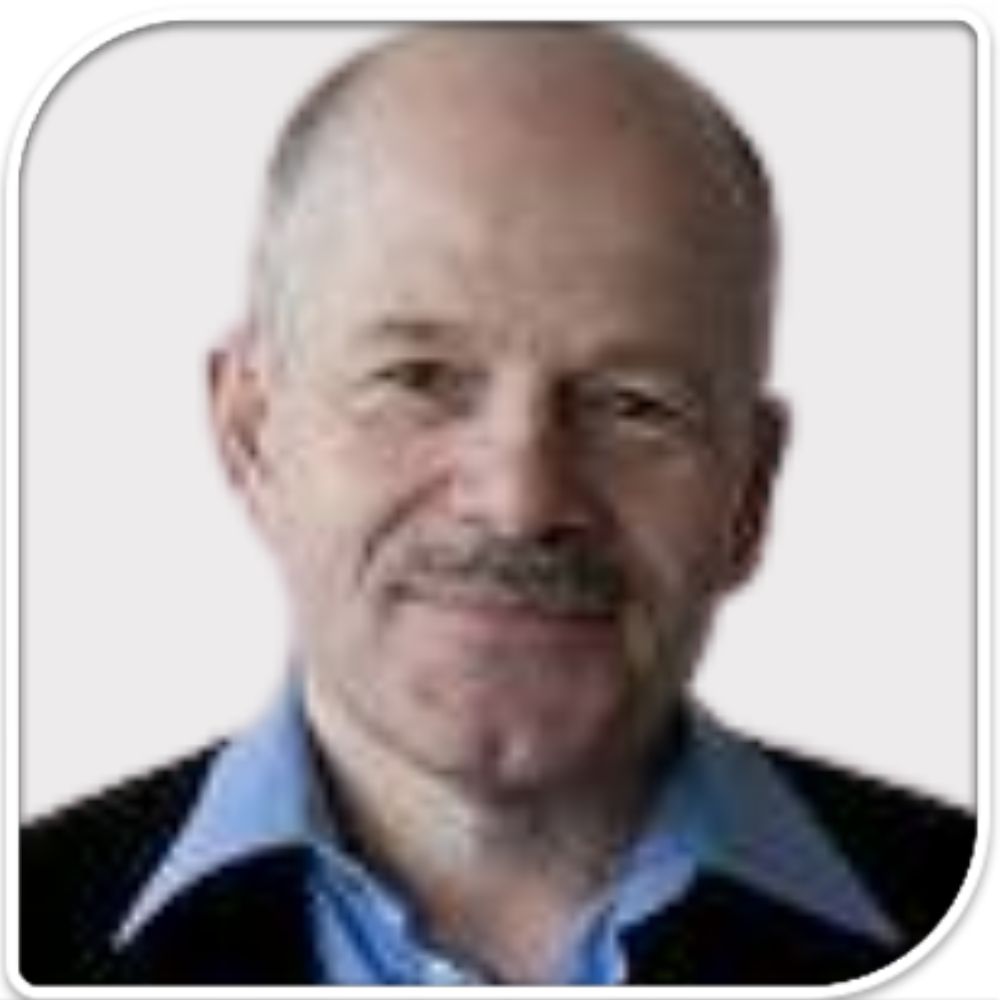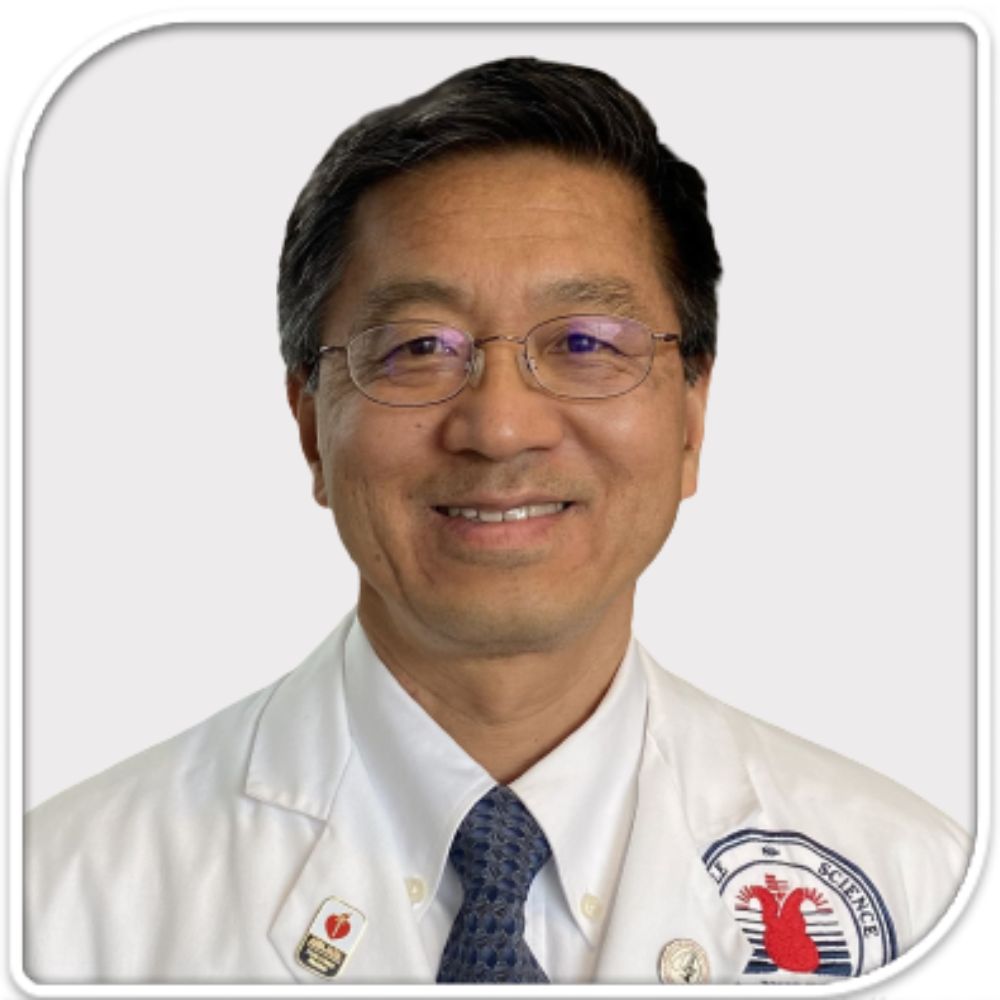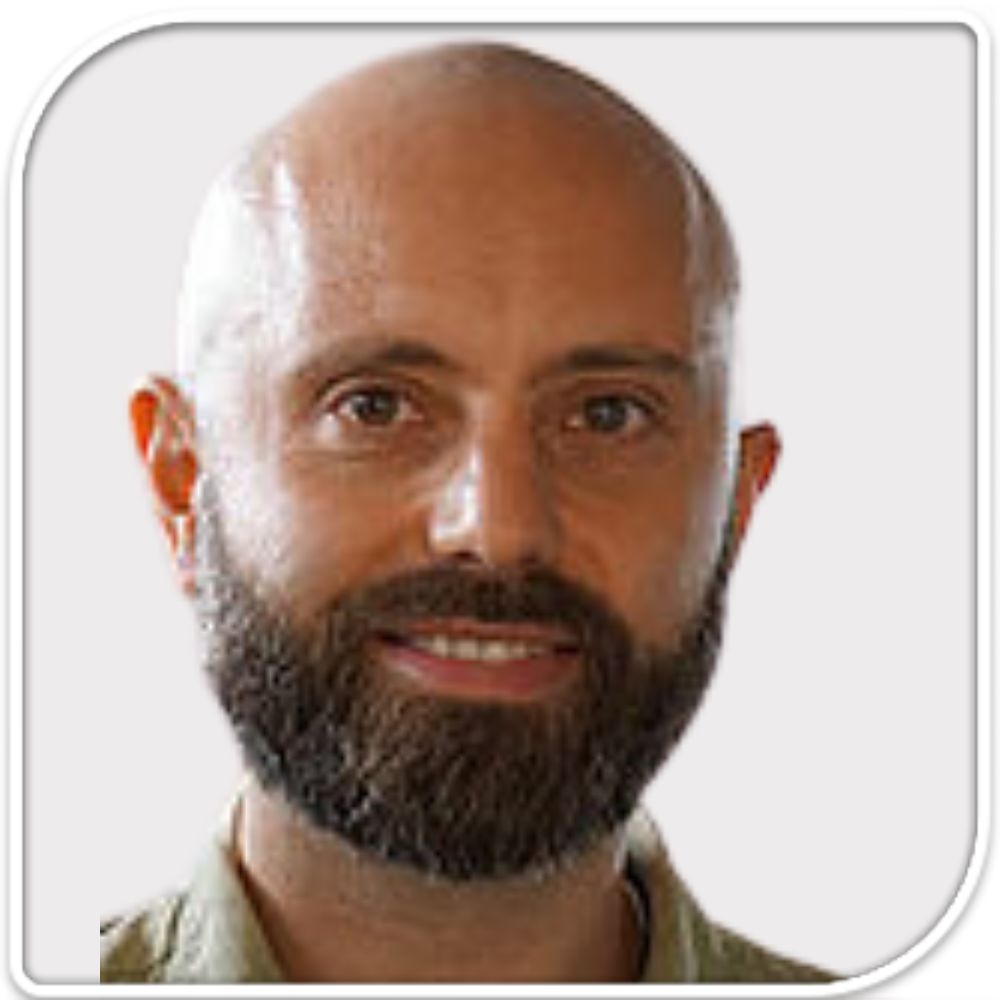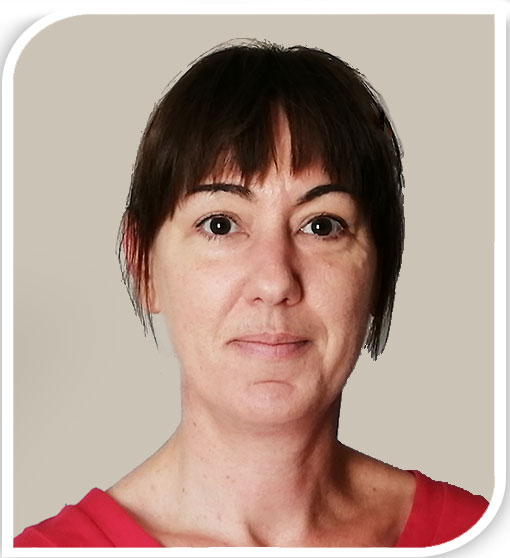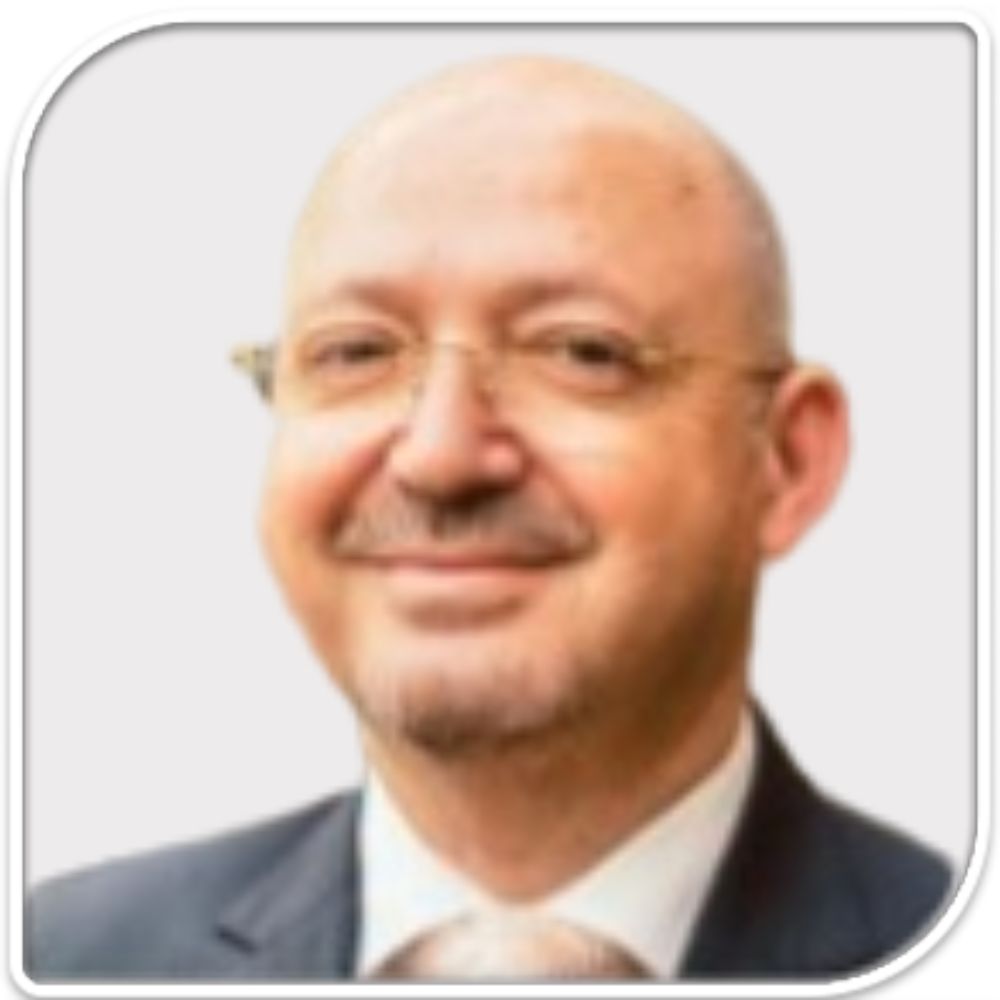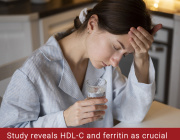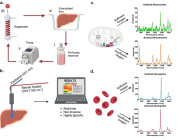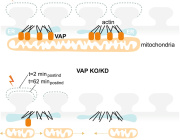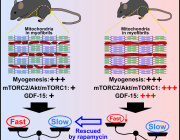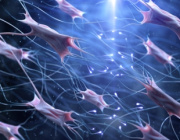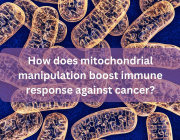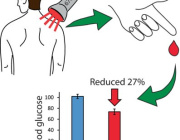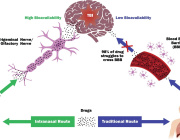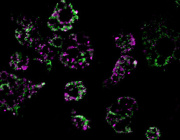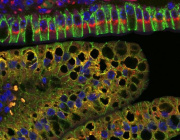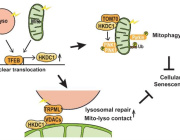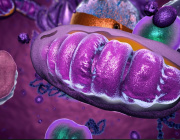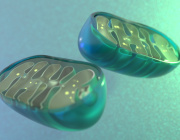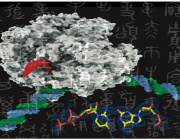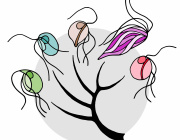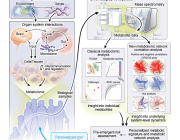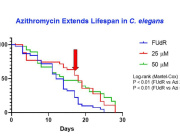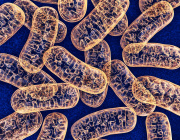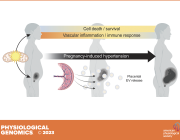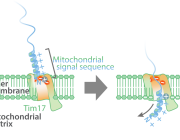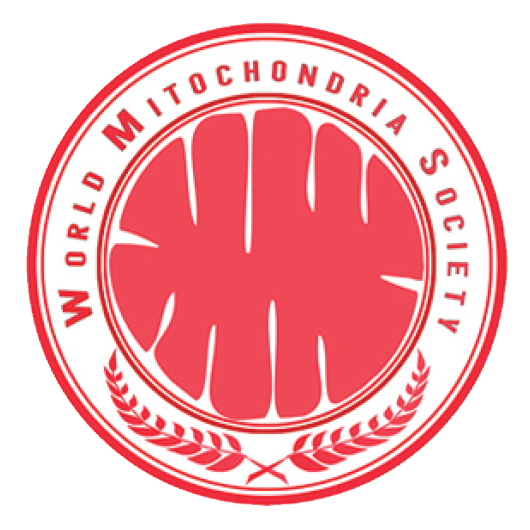Berlin will host the largest conference dedicated to Mitochondria
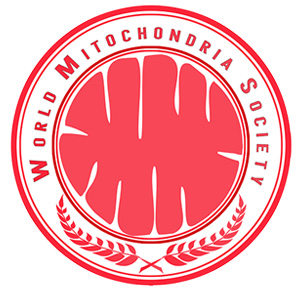
6th WMS Congress on Targeting Mitochondria
WMS Workshop on How to Evaluate Mitochondria Function & Dysfunction?
October 28-29-30, 2015 - Hotel Ritz Carlton, Berlin
The WMS scientific committee announced the publication of the final agenda and the list of abstracts accepted for oral and poster presentation.
To access to the program, please follow this link.
Who is attending the sixth WMS congress?
Berlin will host an elite group of academic and industrial experts from leading life sciences, pharmaceutical, cosmetics and biomarkers evaluation companies seeking to exchange knowledge and share ideas ranging from basic science to latest discoveries and innovations around of mitochondria.
To access to the list of universities and companies attending the congress, please follow this link.
The scientific committee of WMS will present the JWMS Journal during Berlin conference.
The Editorial Board of JWMS will be selected among speakers and members of WMS. You can submit your paper online.
We look forward to welcoming you in Berlin.
Volkmar Weissig
World Mitochondria Society
www.targeting-mitochondria.com
Who will attend Targeting Mitochondria World Congress 2015 from Industries & Academics?
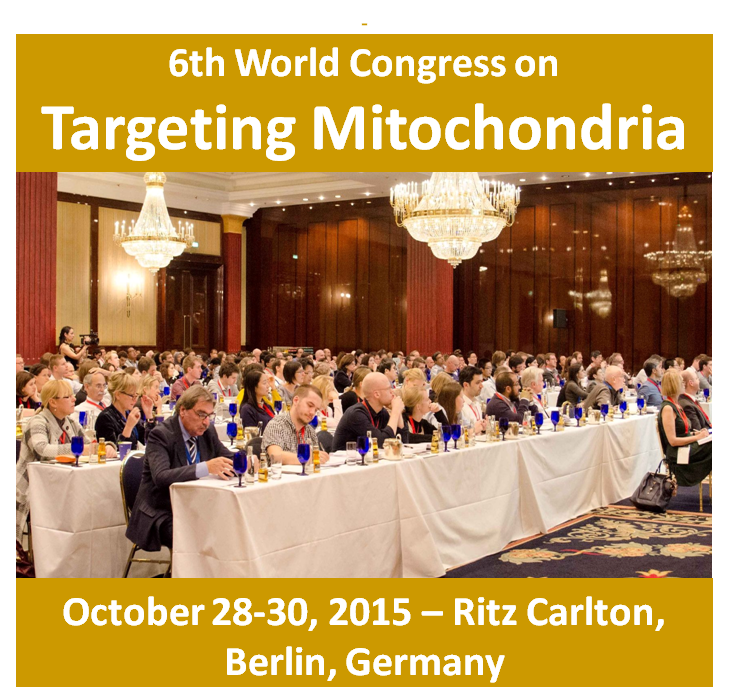
The sixth edtition of the World Congress on Targeting Mitochondria will gather academics and industrial leaders in the field of mitochondria research during three days (October 28 to 30) at Ritz Carlton, Berlin.
Among the industrial participants:
Neurovive, Seahorse, Photonics Healthcare, Mitologics, Glaxosmithkline, Unifarco, Bayer Pharma, Poxel, Dainippon Sumitomo Pharma, Novartis Institute for Biomedical Research, Thermo Fisher Scientific, Novartis Institutes for Biomedical Research, Selcia, Sanofi, Daiichi Sankyo, Biomedical Centre Speyer, Astellas Pharma Europe, Pierre Fabre Dermo-Cosmetique...
Among the academic participants:
Harbin Medical University, Universidad Nacional Autonoma De Mexico, Institute of Biotechnology, Université de Sherbrooke, Columbia University, Instituto de Bioquimica Vegetal y Fotosintesis, Universitätsmedizin Greifswald, University of Veterinary Medicine Vienna, Centre Hospitalier de Luxembourg, Neurologische Universitätsklinik Der Otto-Von-Guericke Universität Magdeburg, University of Pecs, Karolinska Institutet, Leibniz Institut für Neurobiologie, Helmholtz Zentrum München, Moscow Clinical and Research Institute of Pediatrics, University of Aberdeen, L. Boltzmann Institute for Experimental and Clinical Traumatology, CSIR Institute of Genomics and Integrative Biology, University of Tennessee Health Science Center, Ernst Moritz Arndt University of Greifswald,CNRS, Mcgill University, National Inst of Health, University of Leipzig,Universidad Nacional Autónoma de México Unam, Telethon Kids Institute, LCSB, Georgia Regents University, University of Southern California, University of Southampton, University Hospital Essen, Children Hospital Bambino Gesù, Ukh Neurologie, Kings College London, Institute of Liver Studies, Universidad Nacional De Colombia, University of Buenos Aires, Universität Leipzig, Max Planck Institute of Molecular Cell Biology and Genetics, University Leipzig, Aarhus University, Departement of Intensive Care Medicine, Johns Hopkins University, University of Oxford, University of Edinburgh, Chuv-Unil, Department of Pharmaceutical Sciences, College of Pharmacy-Glendale, Midwestern University, University of Warwick, Ulm University, University of Missouri - Kansas City, Beijing Institute for Drug Control, University of Zurich, Fundacion Ramon Dominguez,Polytechnic University of Marche, Max Planck Institute of Colloids and Interfaces, University of Manchester, University of Calgary, Albstadt-Sigmaringen University, Albstadt-Sigmaringen University of Applied Sciences, The University of Liverpool, King's College London, Samsung Medical Centre Ssk University, Weill Medical College of Cornell University, SRUC, Federal State Budgetary Institution "Scientific Centre of Children Health", Friedrich-Alexander University Erlangen-Nürnberg, University Hospital Erlangen, University of Aberdeen, University of Veterinary Medicine, Vienna, INSERM, Fondazione Cuoa, Max Planck Institute of Psychiatry, Midwestern University, University of Edinburgh, Psychiatric Practice, First Faculty of Medicine, Charles University and General University Hospital In Prague, University of Melbourne, Cellex-Idibaps, Mossakowski Medical Research Centre, Pas, University of Toronto, Sapir College, Department of Pathophysiology, Beijing Neurosurgical Institute, Capital Medical University, Beijing Neurosurgical Institute, University College London, Institute of Theoretical and Experimental Biophysics, Russian Academy of Sciences, Pushchino, Russia, Stockholm University, Tokai University, University of Veterinary Medicine, Laboratory of Food and Regulation Biology, Graduate School of Agriculture, Tokai University, Technion-Israel Institute of Technology, Netherlands Institute for Neuroscience, University of Bath, Institute of Neurology/ University Medical Center Ulm, Ludwig Boltzmann Institute for Experimental and Clinical Traumatology, New York University, University Hospital North Norway, University of Helsinki, Wayne State University, University of Warsaw, University of Freiburg, Colorado Mesa University, Ilia State University, Sifa University, Université Perpignan, Universidad De Valencia, Mediterranean Institute for Life Sciences, Martin-Luther University Halle-Wittenberg, The George Washington University School of Medicine, Institute of General Pathology and Pathophysiology...
If you would like to register, please follow this link.
For more information about Targeting Mitochondria World Congress 2015: www.targeting-mitochondria.com
Abstract Submission
Submission Deadline for Short Oral Presentation:
September 6, 2024
Submission Deadline for Poster Presentation:
September 9, 2024
Submission Guidelines:
- Submit abstracts to the Scientific Committee.
- Use the online form for submissions. Abstracts not using this form will not be considered.
- One abstract per registered person.
- For oral submissions: prioritize in-person presentations. Online presentations require prior approval.
- Online poster submissions are accepted.
- No changes after the submission deadline.
- Abstracts cannot be modified post-acceptance.
Abstract Format:
- Title: Max 20 words.
- Text: Max 200 words, divided into Introduction, Materials & Methods, Conclusion.
- Define unusual abbreviations on first use.
- Relate to conference tracks or sessions, and specify the topic.
- Include references (max 3).
- Submit in both Word and PDF formats, prepared in B5 format.
Download abstract format guidelines here in Word or in PDF.
Note that: Abstracts received without formal modalities will not be studied.
Reviewing and selection process
All submissions reviewed by the Scientific Committee, and selection will be based on originality, novelty, and impact (score 1-10).
- Scores 9-10: considered for oral presentation.
- Scores 6-8: accepted for poster presentation.
Important notes
- Preference for in-person short oral presentations.
- E-posters can be accepted.
- Low-quality or off-topic abstracts may be rejected.
Published Abstracts
Accepted abstracts will be published in the conference abstracts book.
Short Oral Presentations
Duration: 8 minutes for their presentation, followed by 2 minutes of Q&A.
Number of slides: 8 Slides (+1)
Content: (1) the aim of the research, (2) materials methods, (3) Results, and (4) conclusion.
Please note that the timing might slightly change according to the final program.
Posters Session
Process: Posters will be presented during the coffee breaks & lunch break
Format: A1 - vertical : 84,1cm height * 59,4cm width
E-Posters Submission must be sent via email to: mitochondria[at]wms-site.com
Mining the gut microbiome for novel mitochondrial therapeutics: A strategic Presentation by Pr Anurag Agrawal
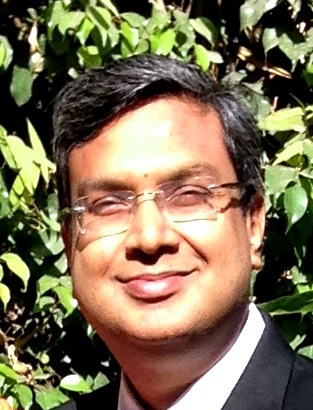
During the 6th World Congress on Targeting Mitochondria, Pr Anurag Agrawal from CSIR Institute of Genomics and Integrative Biology, India will discuss about a strategic topic: "Mining the gut microbiome for novel mitochondrial therapeutics".
He will highlight the following points:
- Mapping the gut microbial reactome to mitochondrial metabolism
- The strange case of PQQ
- Effects of common gut metabolites on mitochondrial function
If you would like to access to the complete program of Targeting Mitochondria 2015: www.targeting-mitochondria.com
Pr Luis Vitetta, from Sydney University will talk about Reactive oxygen species and their lifelong regulation of the metabolome
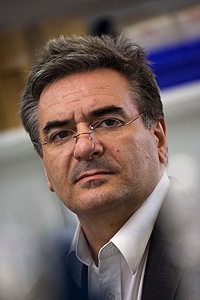 The production of reactive oxygen species and reactive nitrogen species has long been proposed as leading to the random deleterious modification of macromolecules with an associated progressive development of age associated systemic disease. Superoxide anion (and hydrogen peroxide) and nitric oxide (and peroxynitrite) constitute regulated prooxidant second messenger systems, with specific sub-cellular locales of production and are essential for normal metabolome and physiological function.
The production of reactive oxygen species and reactive nitrogen species has long been proposed as leading to the random deleterious modification of macromolecules with an associated progressive development of age associated systemic disease. Superoxide anion (and hydrogen peroxide) and nitric oxide (and peroxynitrite) constitute regulated prooxidant second messenger systems, with specific sub-cellular locales of production and are essential for normal metabolome and physiological function.
Pr Vitetta's team has posited that the formation of superoxide anion/hydrogen peroxide and nitric oxide do not conditionally lead to random macromolecular damage. Under normal physiological conditions their production is actually regulated that is very much consistent with their second messenger roles. The role of these second messengers in the regulation of the metabolome is discussed in terms of radical formation as an essential contributor to the physiologically normal regulation of sub-cellular bioenergy systems; proteolysis regulation; transcription activation; enzyme activation; mitochondrial DNA changes; redox regulation of metabolism and cell differentiation.
Furthermore the concept that orally administered small molecule antioxidant therapy to abrogate free radical activity is a chimera. Hence as such they consider that free radicals are not a major overwhelming player in the development of the chronic diseases or the aging process.
You can know more about this study by joining Targeting Mitochondria World Congress.
For more information: www.targeting-mitochondria.com
Pr. Neuzil's talk to prerequisite for tumor initiation
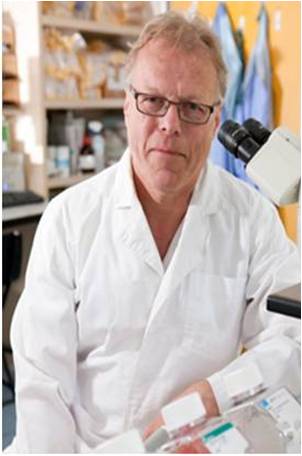 During the 6th World Congress on Targeting Mitochondria, Pr. Neuzil will present the recent studies related to the acquisition of mitochondrial DNA by cancer cells devoid of mitochondrial genome.
During the 6th World Congress on Targeting Mitochondria, Pr. Neuzil will present the recent studies related to the acquisition of mitochondrial DNA by cancer cells devoid of mitochondrial genome.
According to him, "we have recently shown that cancer cells devoid of mitochondrial (mt) DNA form syngeneic tumours with a delay, and the tumour cells contain the host mtDNA. Here, we studied what happens during the lag phase before a tumour starts to grow. We show that several days after grafting, tumour cells start to acquire mtDNA from host cells, and its level increases until the tumour appears and starts to progress. This is accompanied by mtDNA replication and transcription, which promotes retrograde signaling to the nucleus, assembly of mitochondrial complexes and recovery of respiration. We conclude that cancer cells devoid of mtDNA ought to recover oxidative phosphorylation to a threshold level, which is a prerequisite for the cells to initiate tumour formation and growth."
If you are interested to know more about the results of this study, don't hesitate to join Targeting Mitochondria World Congress 2015.
For more information: www.targeting-mitochondria.com
Dr Koopman will present his researchs about live-cell quantification of mitochondrial readouts
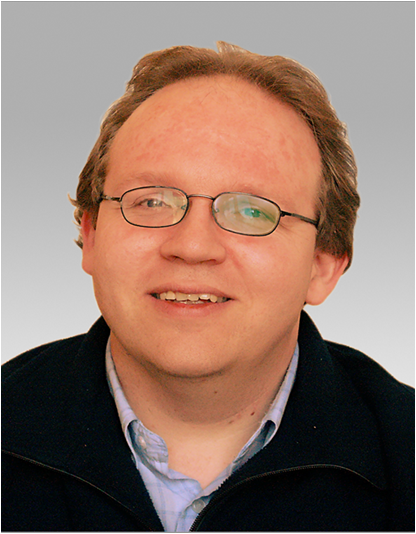 Dr Werner Koopman, from Radboud University Medical Center, Netherlands will give a strategic presentation about life cell quantification of mitochondrial readouts.
Dr Werner Koopman, from Radboud University Medical Center, Netherlands will give a strategic presentation about life cell quantification of mitochondrial readouts.
His research aims to quantitatively understand the molecular connection between mitochondrial metabolism and (ultra)structure with particular attention to redox signaling and biomolecule diffusion. To this end, they study primary cells from mitochondrial disease patients, inhibitor-treated cells, a knockout mouse model of mitochondrial complex I (CI) deficiency and cancer cell lines to gain insight into the (tissue-specific) consequences and/or adaptation programs triggered by mitochondrial dysfunction. Given the tight integration of mitochondrial and cellular metabolism, the above aims are primarily addressed in living cell systems.
As a key technology, protein-based and chemical fluorescent reporter molecules are introduced in the cells and their signals are quantified using life cell microscopy, image processing/quantification and data mining. Protein diffusion is studied by combining photobleaching strategies, single-molecule spectroscopy and in silico techniques. In primary fibroblasts from Leigh Syndrome (LS) patients, isolated CI deficiency is associated with mitochondrial morpho-functional changes and increased reactive oxygen species (ROS) levels.
Empirical evidence suggests these aberrations might constitute linked therapeutic targets for small chemical molecules. However, the latter generally induce multiple subtle effects, meaning that in vitro potency analysis or single-parameter high-throughput cell screening are of limited use to identify these molecules.
If you are interested to know more about the results of this study, don't hesitate to join Targeting Mitochondria World Congress 2015.
For more information: www.targeting-mitochondria.com
Targeting energy producing metabolic pathways for cancer therapy
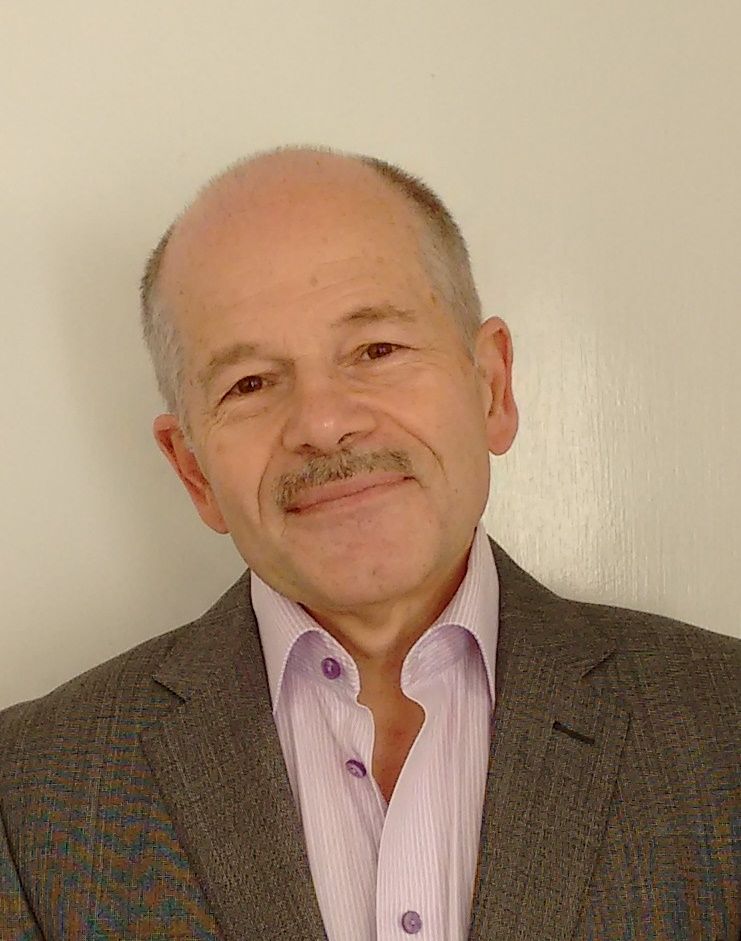 Dr Vladimir Gogvadze, from Karolinska Institutet in Sweden is a special in the role of mitochondria in cancer field.
Dr Vladimir Gogvadze, from Karolinska Institutet in Sweden is a special in the role of mitochondria in cancer field.
The scientific committee of the World Mitochondria Society is honoured to welcoming Dr Gogvadze during Targeting Mitochondria World Congress which will be held at Ritz Carlton, from October 28 to 30.
The majority of cancers demonstrate various tumor-specific metabolic aberrations, such as increased glycolysis even under aerobic conditions (Warburg effect), whereas mitochondrial metabolic activity and their contribution to cellular energy production are restrained. The “glycolytic shift” in tumor cells offered a rationale for therapeutic strategies aimed at selective inhibition of the glycolytic pathway. This approach could be most useful in cells with mitochondrial defects, or under hypoxic conditions, when the mitochondrial contribution to cellular bioenergetics is minimal.
Dr Targeting Mitochondria World Congress, Dr Gogvadze will present the recent studies related to mitochondria & cancer.
For more information: www.targeting-mitochondria.com
Dr Das will present the recent advances on the role of mitochondria in RNA interference by miRNA activity
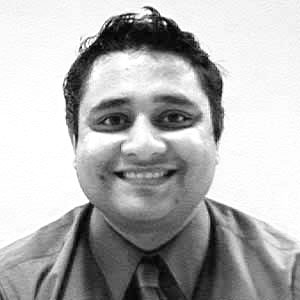
Dr Samarjit Das, from John Hopkins Unviersity, USA will give a strategic presentation about Mitochondrial microRNA, “MitomiR”: A new Player in Heart Failure.
According to Dr Das: "The goal of this project is to explore the novel concept that microRNA (miRNA) can regulate mitochondrial biology of the heart, and thereby affect myocardial disease development and progression. The field of miRNA biology has exploded recently, with many studies demonstrating that small non-coding RNA (miRNA) can repress the expression of target genes by post-transcriptional regulation and play a major role in many physiologic and pathologic processes. Several groups suggested that miRNA exist in mitochondria, but we were the first to show that miRNA exist in heart mitochondria and are functionally important."
If you are interested to know more about the results of this study, don't hesitate to join Targeting Mitochondria World Congress 2015.
For more information: www.targeting-mitochondria.com
.
The scientific Committee of World Mitochondria Society published the program of the 6th World Congress on Targeting Mitochondria
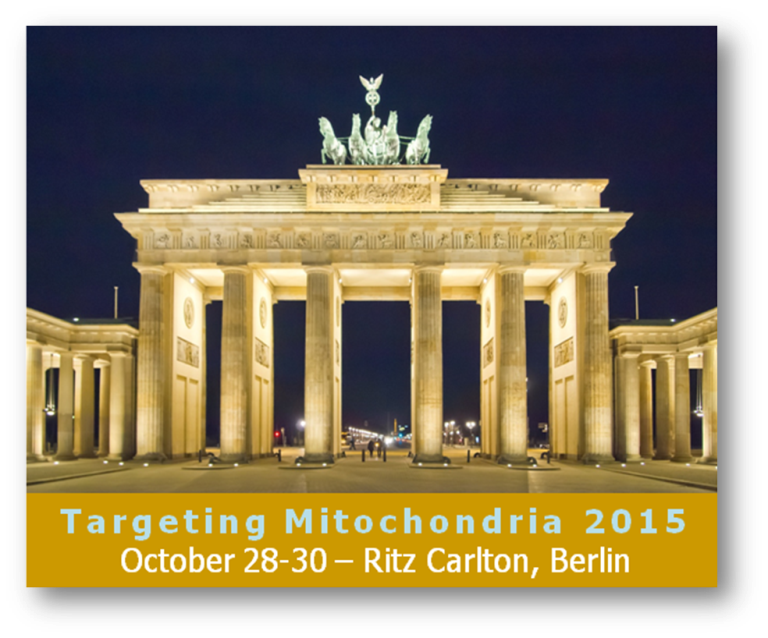 On behalf of Scientific Committee of Targeting Mitochondria World Congress 2015, we are pleased to inform you about the publication of the program for the 6th World Congress on Targeting Mitochondria, which will be held at Hotel Ritz, Berlin from October 28 to 30, 2015.
On behalf of Scientific Committee of Targeting Mitochondria World Congress 2015, we are pleased to inform you about the publication of the program for the 6th World Congress on Targeting Mitochondria, which will be held at Hotel Ritz, Berlin from October 28 to 30, 2015.
To access to the agenda of Targeting Mitochondria 2015, please click here.
We remind you that you have un til September 30 to submit your abstract for poster presentation.
For more information: www.targeting-mitochondria.com
PSC-based drug discovery of mitochondrial disorders: Neural cells from patient-derived iPSCs as a novel system for drug discovery of mtDNA disorders
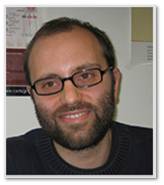
During Targeting Mitochondria 2015, Dr. Alessandro Prigione, from the Max Delbrück Center (MDC) of Berlin, will discuss how to develop novel drug discovery pipelines for mitochondrial DNA (mtDNA) disorders using induced pluripotent stem cells (iPSCs). Viable neural model systems of mtDNA brain disease are lacking due to the challenges of engineering mtDNA, thus hindering the search for therapeutic options. Here, we demonstrate that iPSC-derived neural cells may maintain the parental mtDNA profile and exhibit mitochondrial-based metabolism. Using this system, neural-specific dysfunctions due to homoplasmic mtDNA mutations could be identified. We therefore propose iPSC-derived neural cells as a novel model system for the establishment of personalized phenotypic drug discovery for untreatable mtDNA disorders affecting the nervous system.
For more information about Targeting Mitochondria World Congress: www.targeting-mitochondria.com
Treating cancer like an infectious disease: A strategy presented by Dr Rebecca Lamb during WMS Congress
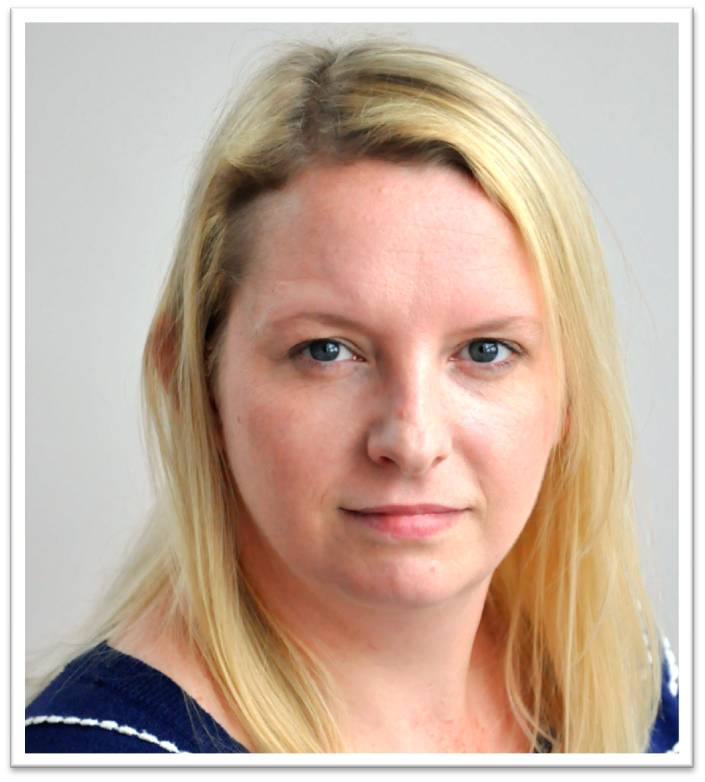
During the 6th World Congress on Targeting Mitochondria scheduled from October 28 to 30 in Berlin, Dr Rebecca Lamb from the University of Manchester, UK will give a strategic presentation about Antibiotics that target mitochondria effectively eradicate cancer stem cells, across multiple tumor types: Treating cancer like an infectious disease.
Dr Lamb and her team proposes a new strategy for the treatment of cancer, via the selective targeting of cancer stem cells (CSCs) responsible for tumour-initiation, progression, treatment resistance and disease recurrence. They utilized CSC activity as a global phenotypic characteristic of multiple tumour types, to provide a mutation-independent approach to cancer therapy, effectively treating cancer as a single disease of “stemness”.
If you would like to know more about the presentation from Dr Lamb, don't hesitate to register for Targeting Mitochondria World Congress.
More information on www.targeting-mitochondria.com
The central role of mitochondrial dysfunction in brain and other tissues pathophysiology evaluated in vivo presented by Prof. Avraham Mayevsky
During the Workshop organized on October 28, 2015, Prof. Avraham Mayevsky from Faculty of Life-Sciences and the Multidisciplinary Brain Research Center, Israel will present The central role of mitochondrial dysfunction in brain and other tissues pathophysiology evaluated in vivo.
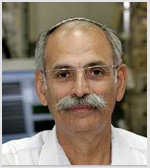
He will talk about :
- Historical Overview – The 60 years legacy of Prof. Britton Chance.
- Brain and Tissue Energy Metabolism and Mitochondrial Function.
- Why and how to Monitor Mitochondrial NADH redox state in vivo.
- Multiparametric monitoring of NADH together with other tissue physiological activities.
- Responses of brain and other tissues to various perturbations in Animal Models.
- Monitoring of Mitochondrial NADH and microcirculatory blood flow and oxygenation in patients
Pictures and moments of Targeting Mitochondria World Congress 2014
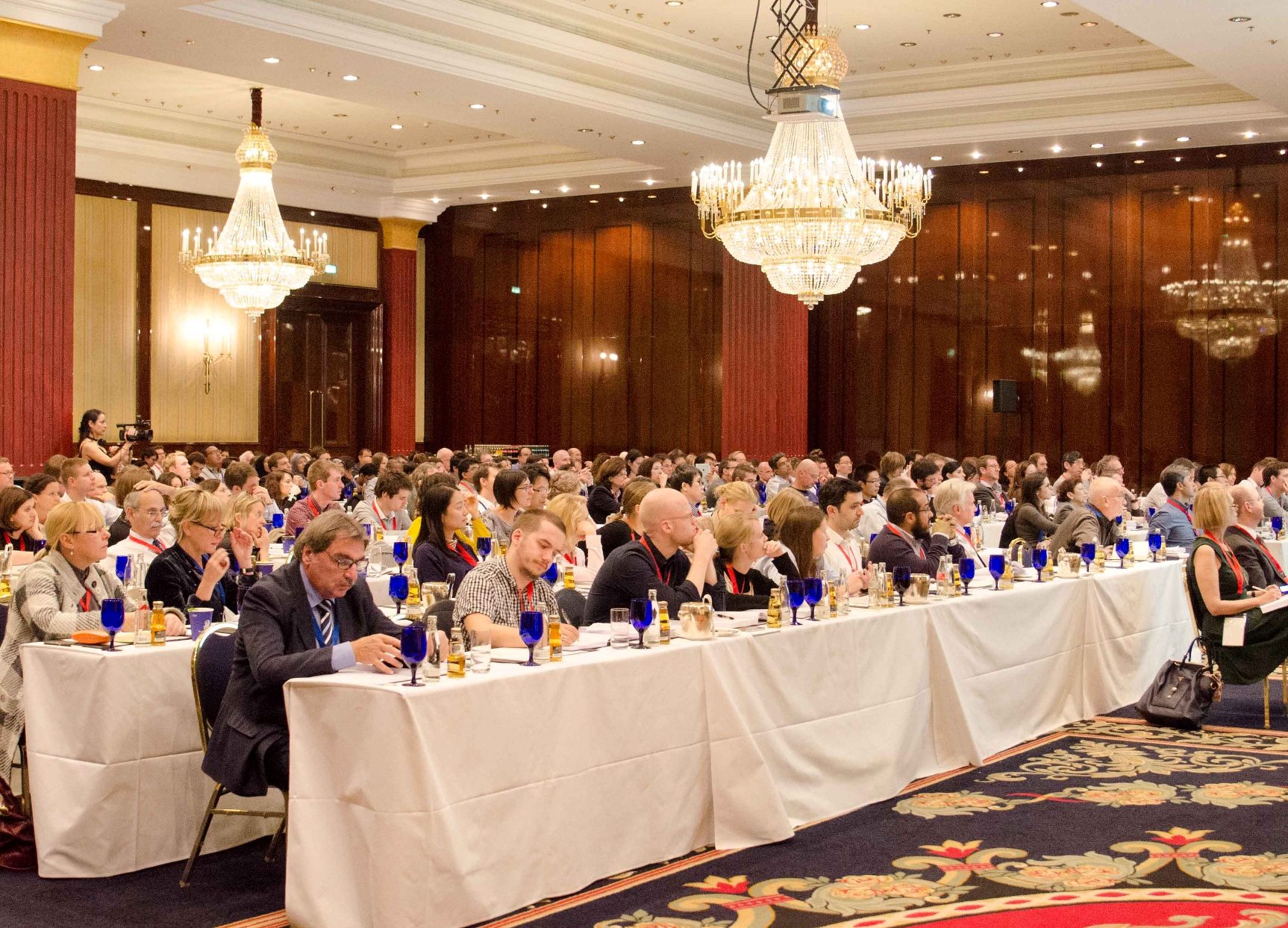
We are very pleased to share with you a few pictures of the 5th Congress of Targeting Mitochondria 2014, which was held on October 29 to 31, 2014, at Hotel Ritz Carlton, Berlin.
We hope these picture will remind you of the best times of the Congress.
To access to the pictures gallery, please click here.
The Abstracts book of Targeting Mitochondria 2014 is now available in PDF version
All abstracts accepted by the Scientific Committee of Targeting Mitochondria 2014 are published in the abstracts book of the congress.
The abstracts book contains abstracts of major speakers, short oral presentations and posters presentations (186 pages).
You can order this Abstracts Book in PDF Format by clicking here.
More Articles...
- The 5th edition of Targeting Mitochondria 2014 was a huge success
- Pr Martin Kerschensteiner was awarded by the Scientific Committee of World Mitochondria Society for his Scientific Contribution
- WMS discerned the award of Short Oral Presentation to Dr. Nina Entelis
- WMS is pleased to award Dr. Igor Sobenin for his Poster Presentation
